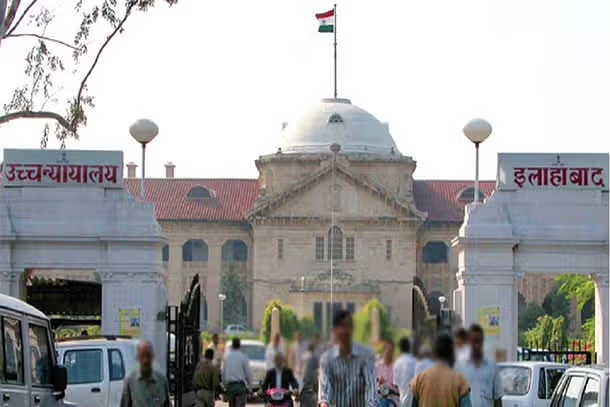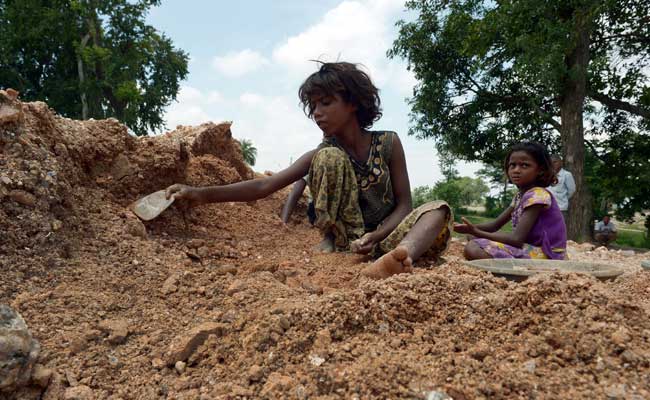Discover the rich traditions and ecological challenges of the world’s largest river island
“Majuli is not just an island; it’s a sanctuary where time stands still, and tradition lives on.”
– Unknown

The awakening sun rays bring positive energy and over the big Brahmaputra River, Birsa Das, a young monk at the Auniati Satra, started his morning routine. He walked out to the foggy riverbank, his bare feet touching the wet ground. He could feel the cool mud between his toes, which made him feel wide awake. Biren cupped some river water in his hands and said a prayer. He did this every day to thank the river for giving life to his island home. The water felt special in his hands like it was full of energy from the big river. As he prayed quietly, Biren thought about all the monks who had done this same thing for hundreds of years before him. He remembered all his teachings about the river, like a friend who could both help and hurt the island. It gave them good soil for growing food, but it could also cause floods and wear away the land. He looked out at the river and saw some fishermen in their boats, already out to catch fish for the day. He could hear them singing softly as they worked.
What Biren didn’t know was that his simple morning prayer would soon mean so much more. It would become a symbol of how Majuli Island was trying to keep its old ways of life while facing big changes in nature. As he headed toward the monastery, it was almost time for dusk, and suddenly everything felt more beautiful as if nature had turned in golden color. As he approached the Satra, the sounds of his fellow monks preparing for the morning prayers reached his ears. The familiar rhythm of temple bells and chanting grounded him, reminding Biren of his place in the long line of custodians who had preserved Majuli’s traditions for centuries. With a deep breath, he stepped into the monastery, ready to face whatever challenges the new day might bring, his heart full of love for his island and its people.
Majuli Island That Time Remembers

Majuli Island is a living example of Assamese culture’s strength and beauty. Nestled in the Brahmaputra River, it is the largest river island in the world, stretching out like a green gem across the landscape, Majuli is roughly 352 square kilometers in size, yet this amount varies depending on the fluctuations of the river.. The island is filled with lush fields and dense forests, and scattered among them are ancient monasteries called Satras. These Satras protect traditions that are hundreds of years old. Walking through Majuli feels like time has slowed down, giving you a chance to fully appreciate the vibrant life that surrounds you. The air is filled with the gentle chanting of monks, the laughter of children playing in the fields, and the rhythmic splash of oars as fishermen guide their boats through the island’s network of channels. Every corner of Majuli holds a story, from the intricate masks crafted by skilled artisans to the colorful fabrics woven by local women. This is a place where the past and present coexist in harmonious balance, each day a celebration of Assam’s vibrant heritage. Study More about Satras of Assam: https://tourismcorporation.assam.gov.in/portlet-sub-innerpage/satras-of-assam-0
The ancient traditions of Vaishnavism, which were brought by the great saint Srimanta Sankardev in the 15th century, continue to flourish in Majuli, a sanctuary with serene surroundings and a profound spiritual legacy. At the heart of Majuli’s cultural and spiritual life are its Satras. These monastic institutions are much more than places of worship; they are cultural epicenters where the rich legacy of Assamese arts, music, dance, and craftsmanship is lovingly preserved and passed down through generations Kamalabari Satra is widely recognized for its significant influence on Sattriya dance, a traditional dance style that has its roots in the spiritual rituals of the Satras. Here, the monks’ daily rituals transcend the ordinary, with rhythmic drumbeats and melodic chants filling the air, creating a serene and uplifting atmosphere. The performances, deeply rooted in devotion, transport viewers to a world where every movement and sound is a prayer, a living link to the island’s rich cultural past.
The Rhythm of Island Life

Life on Majuli Island moves to its special rhythm, very different from the busy world outside. Here, the days follow the changing seasons and the rise and fall of the river. It’s like the whole island dances to nature’s tune. Walking through rice fields that stretch into the distance which he frequently did, Biren always loves gazing upon the bright yellow mustard flowers contrasting with the tender green vegetable gardens. This land has a lot to offer as can be seen from its plentiful river deposits on loose fertile soil suitable for agriculture. On one occasion, he visited the Mishing village – an extraordinary people qualified uniquely for life alongside water on the island. He observes with astonishment how they are cultivating a species-specific variety among the kinds of rice they plant. The island’s landscape is dotted with unique architectural structures that reflect the inhabitants’ deep understanding of their environment. Most notable are the traditional bamboo houses built on stilts, an ingenious adaptation to the annual flooding caused by the Brahmaputra River. These elevated homes demonstrate the resilience and adaptability of the Majuli people, who have learned to live in harmony with the sometimes unpredictable forces of nature.
Majuli’s economy is based mostly on agriculture and fishing, with most of the population working in these traditional fields. The islanders have created environmentally friendly agricultural methods that complement the cycle of natural flooding, allowing crops to be grown in the nutrient-rich silt that the river deposits. The islanders’ strong bond with the land and water demonstrates their profound reverence for their surroundings and adaptability to harsh circumstances. One of the most beautiful expressions of Majuli’s spiritual heritage is the Borgeet, a form of devotional music practiced on the island for centuries. These songs, often heard floating through the air in the evenings, create a sense of continuity and community, connecting the present-day inhabitants to their ancestors and the island’s long spiritual tradition.
Cultural Celebrations: Festivals of Majuli

Majuli comes to life during its special celebrations. One of the biggest is called Raas Leela. During this time, the whole island becomes a giant stage. People put on amazing shows that tell old stories about gods and humans. It’s like the island becomes a magical place where heaven and earth meet for a little while. Another important festival is Bihu. This is when people in Majuli celebrate the Assamese New Year. Everyone gets together to dance, sing, and have a good time. It’s a way for them to say thank you for the new year and to feel happy about fresh beginnings. You can see people of all ages joining in, wearing colorful clothes and big smiles. These festivals are more than just parties that happen once a year. They’re like the heartbeat of Majuli. They show how much the people love their old traditions and customs. But they also show something else – how the people of Majuli can stay happy and strong even when life gets tough.
When you see everyone laughing, dancing, and celebrating together, you can really feel how close the community is. It’s like the whole island becomes one big family during these times. These festivals help keep the island’s special way of life alive. They remind everyone, young and old, about the important stories and beliefs that have been part of Majuli for hundreds of years. So, even though Majuli faces some big problems like the river eating away at the land, the people still find reasons to celebrate. These festivals are a way of saying, “We’re still here, we’re still strong, and we still love our island home.” They bring color, music, and joy to everyone’s lives, making the hard times a little easier to bear.
Looking Forward: Preserving Majuli’s Legacy
Majuli Island, nestled in Assam’s Brahmaputra River, is a unique cultural oasis facing environmental challenges. This world’s largest river island is home to ancient Vaishnavite monasteries called Satras, preserving centuries-old traditions of art, music, and dance. The island’s rhythm of life is closely tied to the river, with agriculture and fishing forming the backbone of its economy. The Mishing tribe, known for their special ‘bao-dhan’ rice cultivation, exemplifies the islanders’ adaptation to their environment. Majuli’s vibrant festivals, like Raas Leela and Bihu, showcase its rich cultural heritage.
However, Majuli faces threats from erosion and flooding. The community’s efforts to preserve their land and traditions offer valuable lessons in resilience and sustainability. As climate change impacts grow globally, Majuli’s story becomes increasingly relevant.
The island invites us to consider and safeguard our rich history by serving as a potent reminder of the fine line that must be drawn between environmental preservation and cultural preservation. Majuli’s tale teaches us a valuable lesson: we must protect the exquisite and unique cultures that exist around the globe. It highlights to us that it is possible to make improvements and preserve long-standing customs simultaneously. The island desires us all to contribute to the preservation and appreciation of locations such as this, so they will endure for many more years.

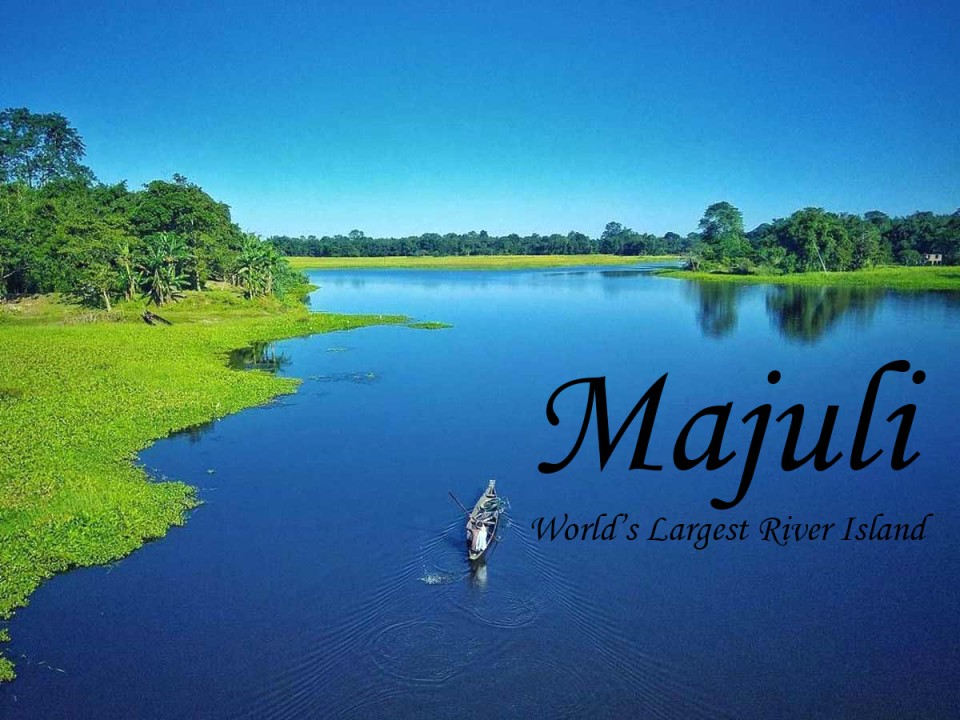
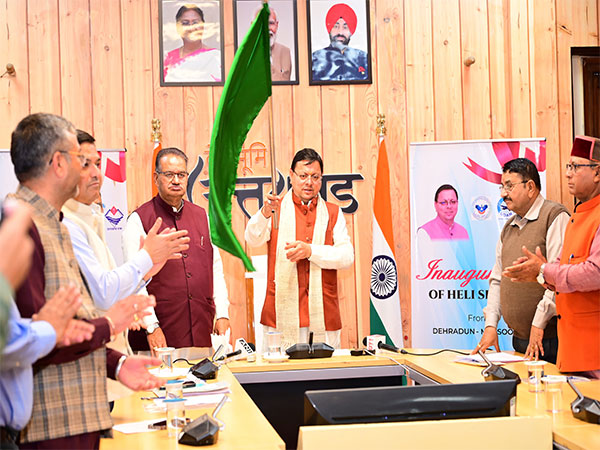
 By
By
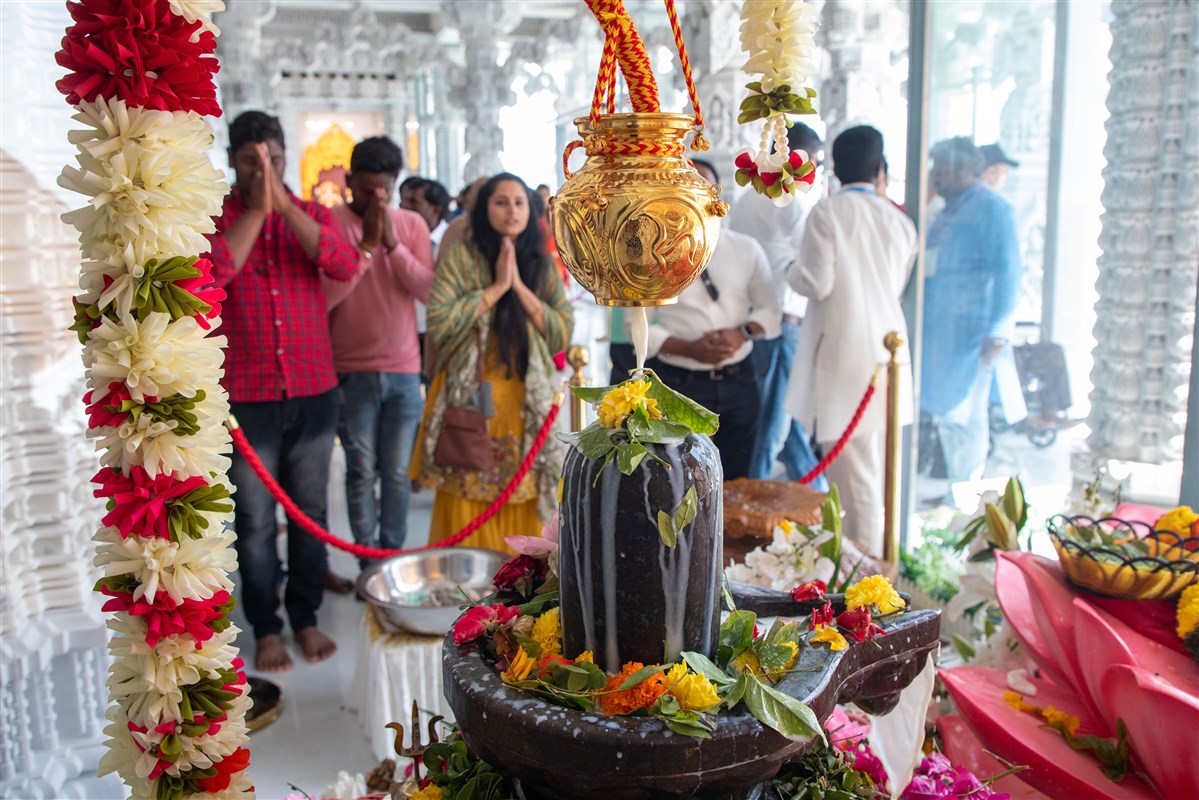
 By
By








